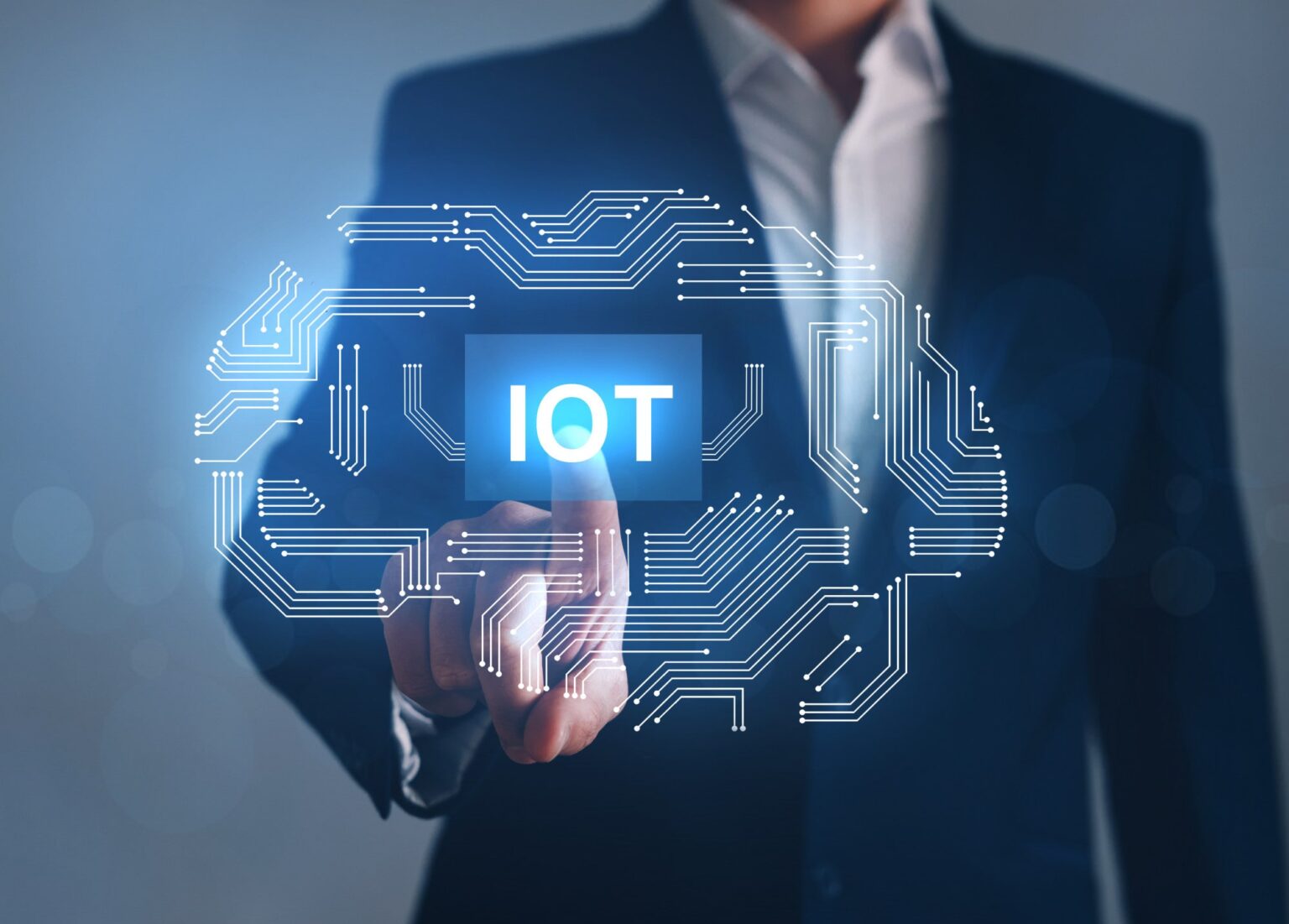The Internet of Things (IoT) presents tremendous opportunities for organizations to enhance operational efficiency, improve decision-making, and drive innovation. As CIOs navigate the adoption of IoT, here is a guide to harnessing its power effectively:
Develop an IoT Strategy: CIOs should start by developing a comprehensive IoT strategy aligned with the organization’s goals and objectives. Identify the areas where IoT can bring the most value, whether it’s optimizing processes, improving customer experiences, or creating new revenue streams. Define the scope of IoT deployment, prioritize use cases, and create a roadmap for implementation.
Establish a Robust Infrastructure: Building a robust infrastructure is crucial for IoT success. CIOs need to ensure reliable and scalable connectivity to support the massive number of IoT devices and the data they generate. This may involve implementing low-power wide-area networks (LPWANs), leveraging existing Wi-Fi networks, or exploring cellular technologies like 5G. Additionally, the infrastructure should accommodate edge computing capabilities to process data closer to its source and reduce latency.
Focus on Data Management: IoT generates vast amounts of data, and effective data management is key to unlocking its value. CIOs should establish data governance policies, including data ownership, data quality, and data privacy and security measures. Implementing data analytics tools and techniques, such as real-time stream processing, data lakes, and machine learning, enables extracting actionable insights from IoT data.
Security and Privacy: With the proliferation of connected devices, CIOs must prioritize IoT security and privacy. Implement strong authentication and access controls to prevent unauthorized access to IoT devices and networks. Encrypt data both in transit and at rest, and establish mechanisms to detect and respond to security breaches. Additionally, comply with data protection regulations and ensure that IoT devices and applications adhere to privacy guidelines.
Collaborate and Partner: IoT implementations often require collaboration with various stakeholders. CIOs should collaborate with business units, operational teams, and external partners to identify IoT use cases, gather requirements, and develop solutions. Engaging with IoT ecosystem providers, sensor manufacturers, and industry consortia can help leverage expertise, access specialized technology, and stay updated on industry standards and best practices.
Data Integration and Interoperability: Integration of IoT data with existing systems and processes is crucial for deriving maximum value. CIOs should ensure interoperability among IoT devices, applications, and enterprise systems. Adopting standard protocols, leveraging APIs, and implementing integration platforms facilitate seamless data exchange and enable cross-functional insights.
Address Regulatory and Compliance Requirements: IoT deployments may be subject to specific regulations and compliance requirements. CIOs should understand and address these requirements, such as privacy regulations, industry-specific standards, and cybersecurity frameworks. Implement appropriate controls, perform risk assessments, and ensure compliance with relevant regulations to avoid legal and reputational risks.
Enable Scalability and Flexibility: CIOs need to design IoT solutions with scalability and flexibility in mind. As the number of connected devices grows, the infrastructure should be capable of handling increased data volumes and device management. CIOs should also consider cloud-based platforms that provide scalability, elasticity, and ease of management for IoT deployments.
Embrace a Culture of Innovation: IoT presents opportunities for innovation and digital transformation. CIOs should foster a culture that embraces experimentation, encourages creative thinking, and supports agile development practices. Promote cross-functional collaboration, provide training and resources, and establish mechanisms to capture and evaluate new ideas to drive IoT innovation within the organization.
By following this guide, CIOs can harness the power of IoT to drive digital transformation, optimize operations, and create new value for their organizations.



